Let’s be real here. Spatial computing hasn’t really taken off. Some were expecting the Apple Vision Pro to be a tectonic shift, but we’re definitely not there yet. Instead, we’ve seen smart glasses lead the charge, and the $499 Xreal One is the new pack leader — the best AR glasses you can buy right now.
Sorry for the spoiler alert, but stick around and let me explain why. It’s not just the quality of the experience with its improved display tech and overhauled audio production (courtesy of Bose); it’s the onboard X1 chip that brings it all together.
To many, AR glasses have basically become a glorified external monitor that you put on your face, which is the best for playing Steam Deck or using the Xreal Beam Pro on long journeys.
But putting all the capabilities on board with this chip makes it simpler to tweak and unlock this experience for everyone — giving you a gigantic 32:9 ultra-wide display wherever you go, and future-proofing wherever spatial computing goes with 3 depth-of-field (DOF) support.
And all of this comes in a pair of glasses that are heavier than its older siblings the Xreal Air 2, but are noticeably smaller, thinner and impressively comfortable to wear over longer periods of time. Put it all together, and you’re easily looking at the best of this category right here.
Xreal One AR glasses: Cheat Sheet
- What is it? This is a pair of AR glasses — connect them to any device via USB-C and you can duplicate or extend the device’s screen onto the display in the specs.
- Who is it for? This is for those who have seen the light on AR glasses and want to take things to the next level.
- What does it cost? The Xreal One costs $499 whereas the One Pro comes in at $599. The main difference here is the larger (and newer) Sony Micro-OLED display tech and Optic Engine affording a 57-degree field of view on the Pro vs a 50-degree on the One.
- What do we like? Putting a custom spatial computing chip directly into the Xreal One glasses forms a bit of a breakthrough when it comes to using AR glasses for productivity. The picture is crystal clear with great audio and is adjustable to your tastes with a 32:9 ultrawide option, and latency is non-existent. Even better? These specs are super sleek to the point you can get away with wearing them in public.
- What don’t we like? The weight is a little heftier than the previous Air 2 specs, which can be felt ever so slightly on the tops of your ears. But the main obstacle for now is that field of view. Granted, at up to 57 degrees, it’s the widest field of view we’ve seen in AR glasses, but that’s still a significant cut-off in your peripheral vision.
Xreal One AR glasses: Specs
Swipe to scroll horizontally
| Display | Sony Micro-OLED, 147-inch virtual screen 1080p with 1080p resolution, up to 600-nits of perceived brightness, software-based IPD adjustment |
| Audio | Dual speakers tuned by Bose |
| Dimensions (when open) | 5.8 x 1.9 x 6.3 inches |
| Weight | 3 ounces |
Xreal One AR glasses: The ups
Putting the Xreal Ones on your face and witnessing the capabilities of these glasses will make you see how these are the next generation of AR glasses.
A portable entertainment powerhouse
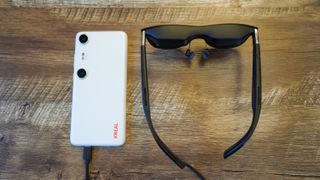
With every new pair of AR glasses, I’ve been seeing the Micro-OLED display prism tech get better and better. The Xreal One keeps this trend going strong with easily the best screens you’ll utilize this close to your peepers.
On top of that, Bose joins the party to engineer the on-board speakers. With all AR glasses in the past, if I’m in a clutch moment with my MacBook and no headphones, I’ve always opted for the laptop speakers as the tinny tweeters of any specs have been a bit mid.
Combined with the audio production on board the Ones, impressive balance between deep bass and shining higher tones thanks to that Bose tuning, you’ve got a banger of an ultraportable entertainment system. It’s perfect for minimizing the neck pain of looking down at your Steam Deck when on a long-haul flight.
X1 gon’ give it to ya
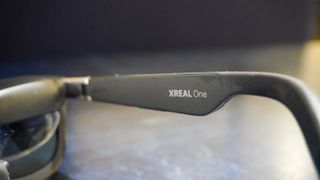
The biggest change here is that Xreal has packed its own custom silicon into here — a spatial computing chip known as X1. While this does open up a world of future possibilities for the specs, I’m concerned about the here and now. And when it comes to what you get from it right now, the results are seriously impressive in three key areas.
Many of the things you had to do through software (such as the ultrawide monitor support using Xreal’s Nebula app) are now handled entirely on the device itself. This vastly expands compatibility and versatility of when you can use this tech to whip out a frankly massive 147-inch 32:9 ultrawide display wherever you are, and the computer’s OS will react accordingly. You’ve even got on-device menus to control the color, brightness and size of the screen.
Second, there’s the 3 Depth of Field DOF tracking. When it comes to the tracking of a picture in either that anchored position or smoothly following your head movements, this is all dealt with on the device you’re using via software. Now, it’s all offloaded to the Ones, and with that deep integration, the tracking is much better. Even on flights, the picture is pinned rock solid in front of you and doesn’t drift whatsoever.

Finally, and most importantly, the latency is drastically reduced thanks to the interplay between the laptop and offloading display signal processing to X1. This has meant that in games requiring fast reactions, I didn’t feel one iota of lag between my inputs and in-game actions. At 3ms, I’d be surprised if you felt it too — to the point that I’ve been sim-racing wearing these glasses.
Speaking of looking ahead, this chip looks primed to unlock more depth-of-field interactions with the optional extra Xreal Eye camera. But as of right now, there’s a lot of goodness coming from this silicon.
More inconspicuous than ever

And Xreal’s managed to do all this while improving the subtlety of the Ones. One thing I’ve always gone back to is that while AR glasses are definitely a lot more subtle than wearing a full-blown VR headset, they do look a little larger than life. Nothing that’s entirely noticeable at first, but on a second glance, people may think you’re wearing a pair of spy glasses you got from the Scholastic book fair.
However, these are legitimately the first glasses I think you can get away with not drawing additional looks — I should know, as I’ve worn them everywhere. The aesthetic is rather stylish, the lenses and prisms themselves are smaller and thinner, which aids a more low-profile look.
Plus, while you can feel the additional extra grams on the bridge of your ears, the improved nose cushioning means you can comfortably wear these for hours and hours on end.
Xreal One AR glasses: The downs
With the acknowledgement that we’re a few years away from AR glasses becoming the equivalent of VR headsets (meaning we shouldn’t expect full-blown tracking or wireless connectivity with a built-in battery any time soon), there’s really only one obstacle that Xreal needs to work on.
Tunnel vision
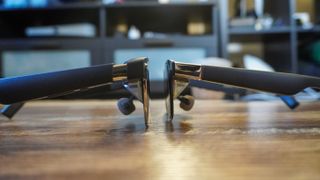
This is probably on me for getting too excited about the prism Micro-OLED display tech over the past year. The 50-degree field of view can still feel a little constrained — especially if you are using the massive ultra-wide display.
What is directly in front of you looks amazing, but the lack of that peripheral vision you get from the far wider display of a VR headset does break the immersion. In talking to a lot of people high up in the likes of Xreal, RayNeo and Viture, getting anything remotely close to the 110 degrees of Meta Quest 3 is a long way off.
Of course, this whole field is a balance of ups and downs. For Xreal One, you get a small, sleek pair of specs that feel great on your face but have that restrained display. I can imagine this being a more favorable experience over a VR headset that can be heavy on the face but give you an uninterrupted spatial experience. However, it’s definitely something to keep in mind!
Xreal One AR glasses: Verdict
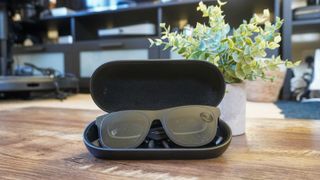
So far, spatial computing hasn’t really taken off. But it’s become increasingly clear that the Xreal One is the next step towards this vision, and it all comes down to that X1 chip.
Because sure — the improvements are smaller elsewhere, from the slightly improved display tech to the Bose-engineered sound space that makes these an entertainment powerhouse. But the spatial capabilities are the real secret sauce here.
By bringing all the processing on-device, Apple Vision Pro’s killer app is even more killer on a pair of specs with a noticeably improved latency time, versatile on-board spatial options, expanded compatibility, and a future-proofed platform for depth of field hand interactions.
The only real limiter here now is that field of view, but a resolution is still a few years off and Xreal has worked around this in the on-glasses software giving you a chance to move the screen further away.

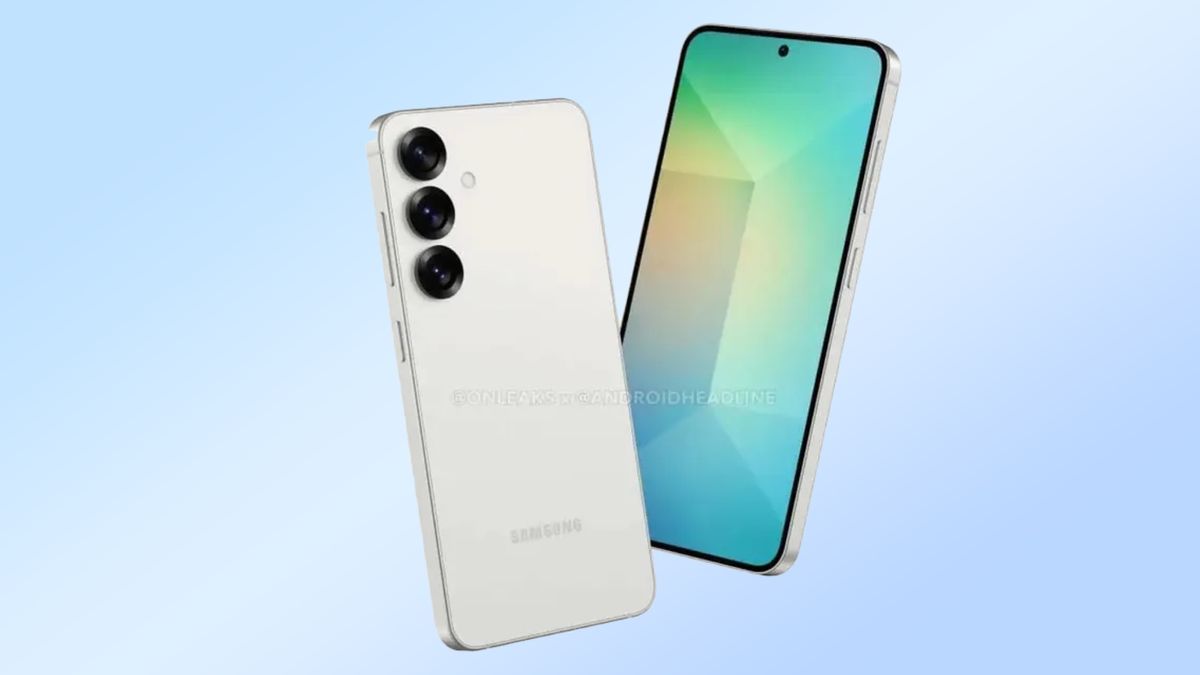
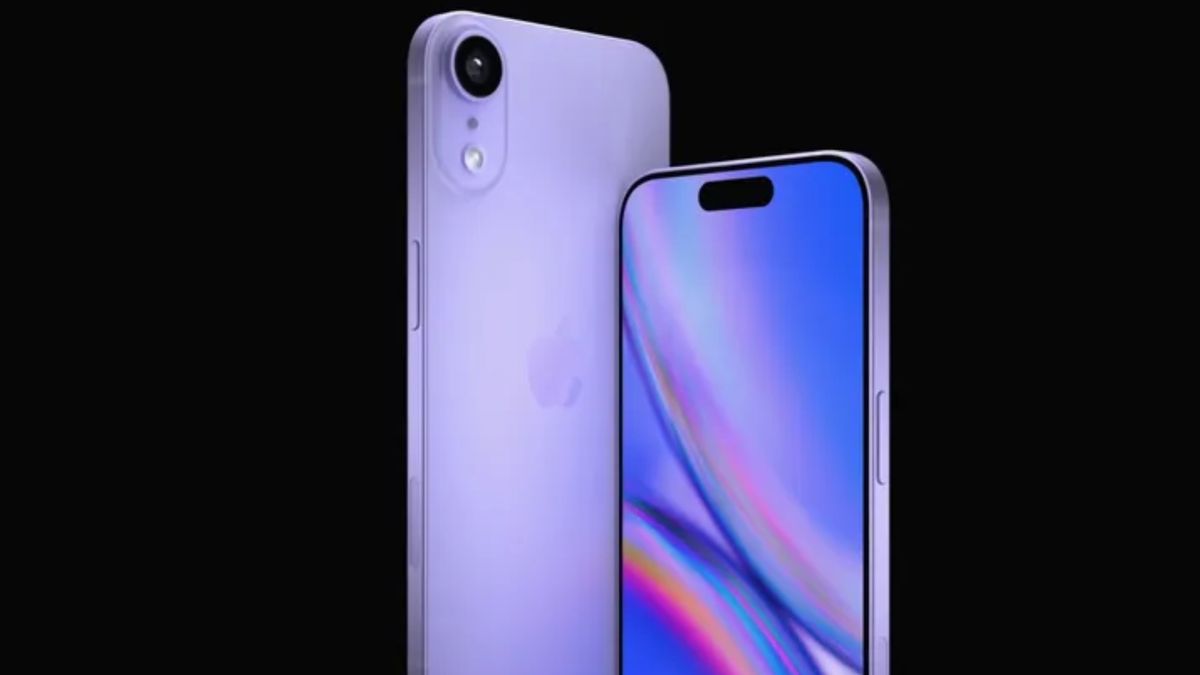

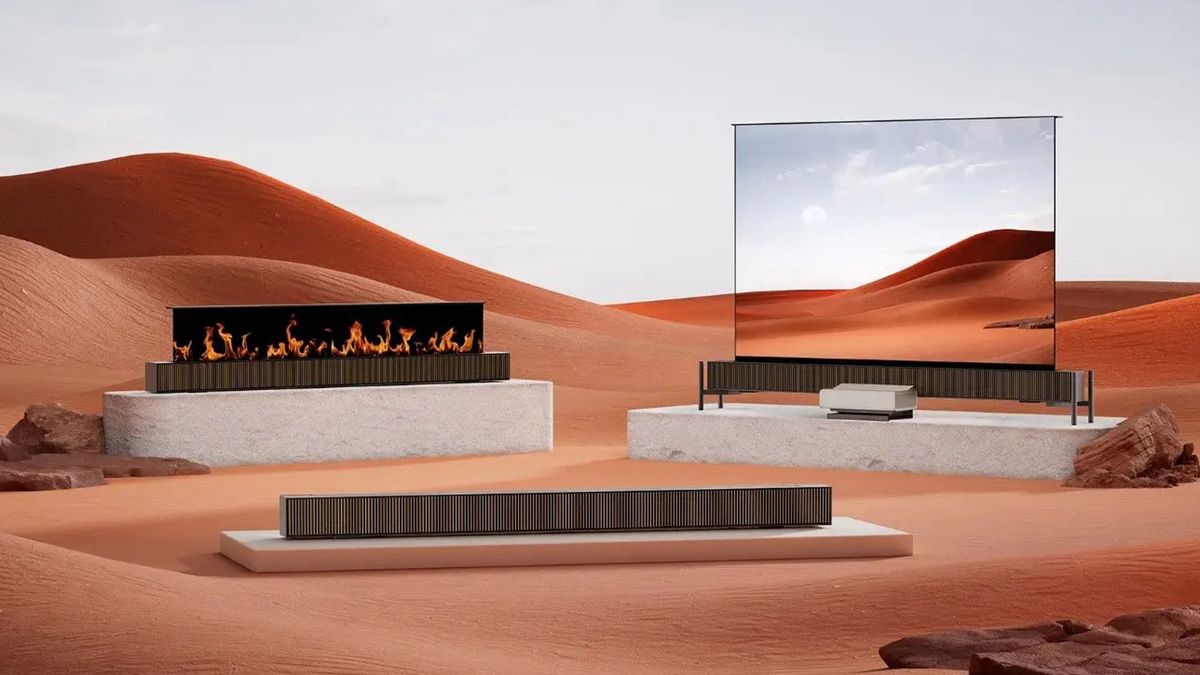
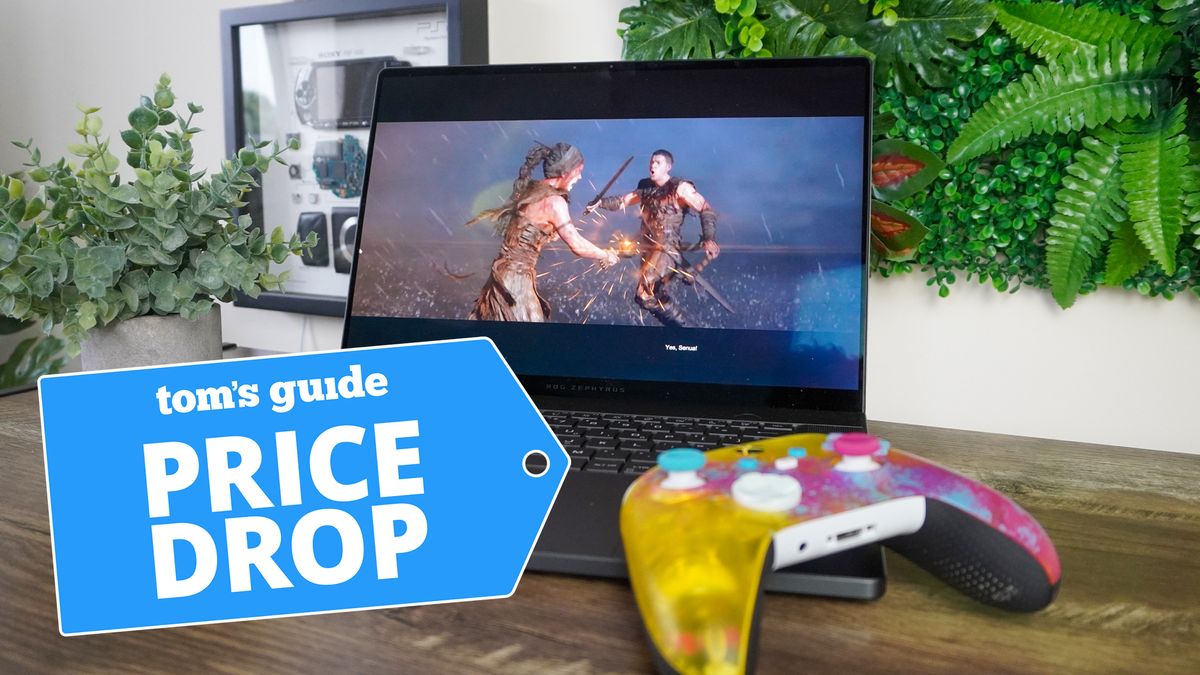
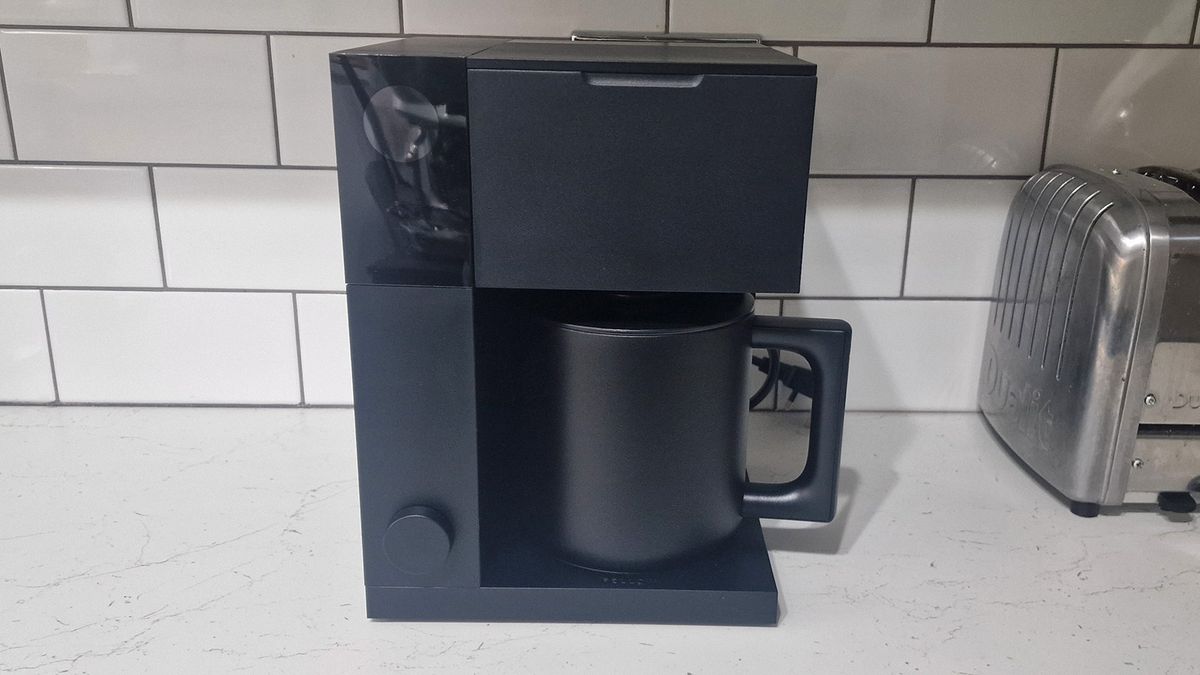














 English (US) ·
English (US) ·